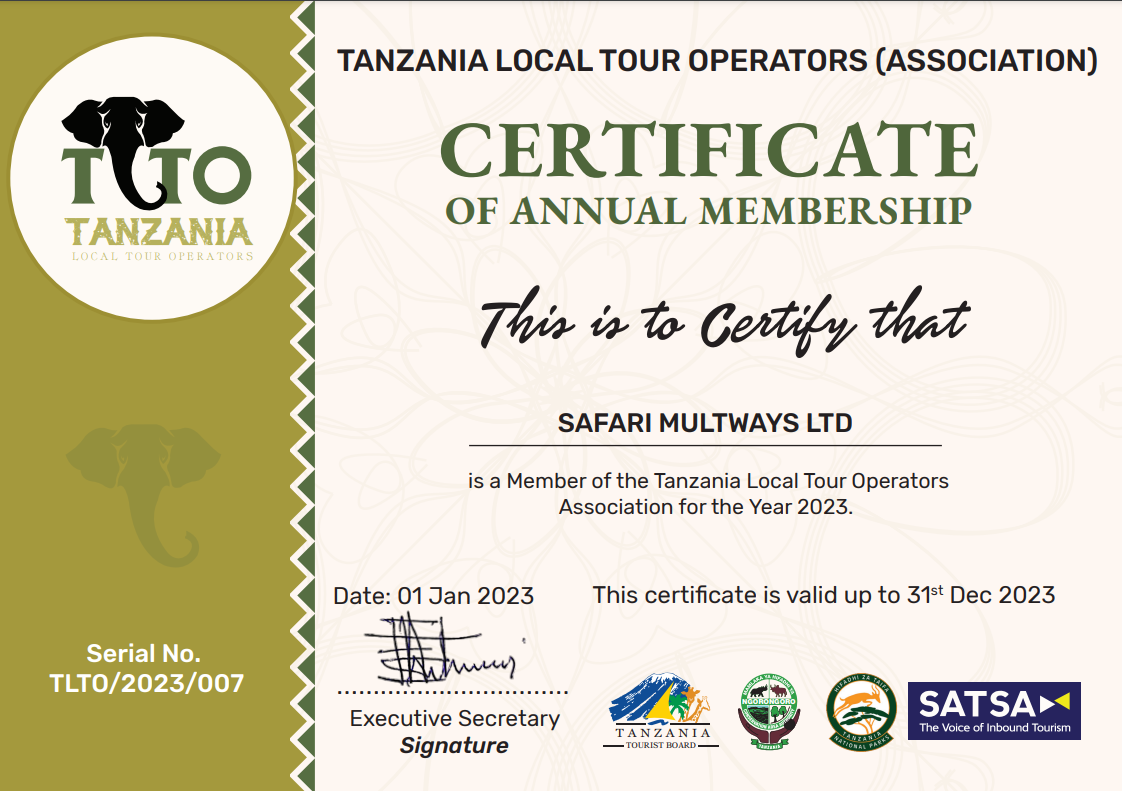The Quiet Giant: Predicting Mt. Kilimanjaro’s Next Eruption
Unlocking the Mystery of Mt. Kilimanjaro’s Dormant Volcano
Nestled in Tanzania, Africa, the majestic Mount Kilimanjaro stands as the highest peak on the continent, attracting thousands of climbers each year to conquer its snow-capped summit. However, beneath its serene appearance lies a dormant volcano that experts fear could be awakened at any moment.
Despite being inactive for centuries, Mt. Kilimanjaro’s volcanic history is well-documented, with its last major eruption occurring over 360,000 years ago. Yet, the looming question remains: when will the next eruption take place?
Scientists have been diligently studying the volcano’s activity in an attempt to unlock the mystery of its dormancy. By monitoring seismic activity, gas emissions, and ground deformation, researchers have been able to gain valuable insights into the inner workings of the volcano.
One of the key indicators of an impending eruption is an increase in seismic activity. By analyzing the frequency and intensity of earthquakes in the region, scientists can predict when the volcano may be gearing up for an eruption. Additionally, changes in gas emissions, such as an increase in sulfur dioxide levels, can signal that magma is rising to the surface.
Ground deformation is another crucial factor in predicting volcanic activity. As magma accumulates beneath the surface, it causes the ground to swell or deform. By using GPS technology and satellite imagery, researchers can track these changes and determine the likelihood of an eruption.
The Silent Threat: Anticipating Mt. Kilimanjaro’s Impending Eruption
While Mt. Kilimanjaro’s volcano has remained dormant for centuries, the threat of an eruption looms large over the surrounding region. The consequences of an eruption could be devastating, with the potential for ash fall, lava flows, and pyroclastic surges posing a significant risk to nearby communities.
In order to mitigate the impact of a potential eruption, scientists are working tirelessly to improve their monitoring and prediction capabilities. By installing additional seismometers, gas sensors, and GPS stations around the volcano, researchers hope to gain a more comprehensive understanding of its activity.
One of the biggest challenges in predicting Mt. Kilimanjaro’s next eruption is the lack of historical data on the volcano’s behavior. With only a handful of documented eruptions in the past, scientists must rely on other methods, such as computer modeling and analog studies, to forecast potential scenarios.
Despite the uncertainty surrounding Mt. Kilimanjaro’s volcanic activity, one thing is clear: the need for continued research and monitoring is paramount. By staying vigilant and prepared, scientists hope to safeguard the lives and livelihoods of those living in the shadow of the quiet giant.
In the face of this silent threat, the world watches and waits, knowing that one day, Mt. Kilimanjaro’s dormant volcano may awaken from its slumber, unleashing its fury upon the land once more.



